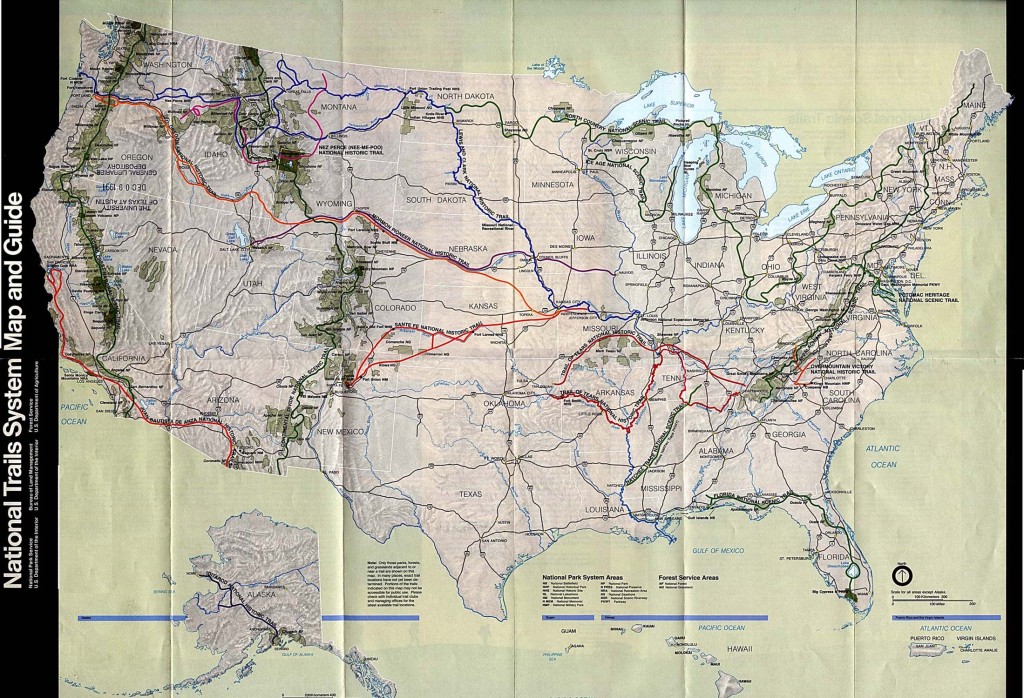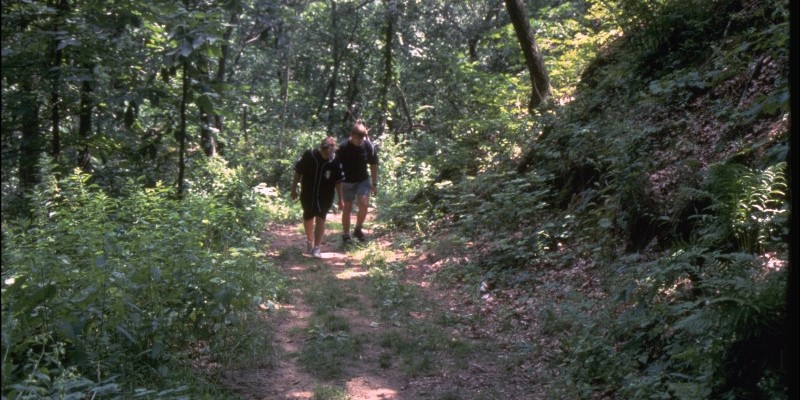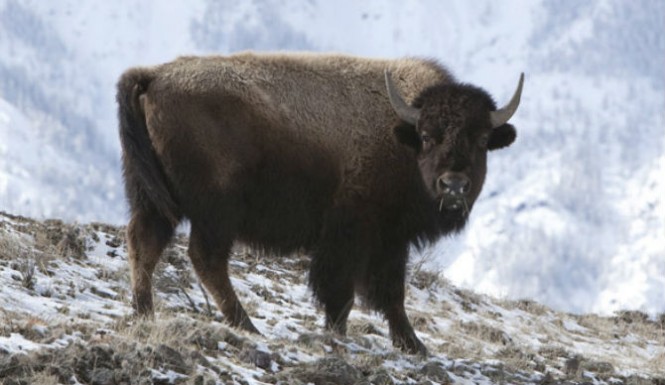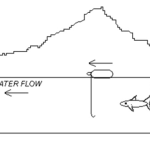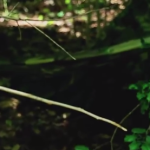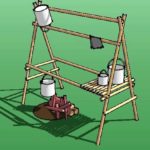The United States has a vast network of published trails that essentially cover the country from one end to the other. Many states also have trails that extend for hundreds of miles. These trails often cross wilderness areas that are off the beaten path, loaded with water and food, and can provide you with ample resources to fend for yourself for an extended amount of time. The best part is that many people do not even know that they exist, and this places you at a distinct advantage when trying to flee from a disaster.
The best place to be during and after a crisis is as far away from crowds of people as possible. Access to basic supplies and services will most likely be limited. You will be competing with hordes of people for limited resources, and the risk of civil unrest and associated dangers will be high. Bugging out and utilizing the trails is an excellent way to separate yourself from the chaos in populated areas. However, you do need to be mindful of a couple of important considerations before heading off and living a pioneer lifestyle.
Know the Terrain
Many trails start at low elevations, but you will need to climb up into hilly or mountainous terrain to get to the safety of the wilderness. Some trails are also more developed than others, and many pass near or through cities and large towns along the way. Weather conditions will vary based on the season as well as elevation, and you also need to know about natural barriers such as lakes and rivers. Do some research and become familiar with the topographical features and climate variations that you can expect to encounter once you start hiking.
Know the Wildlife
Many trails will take you through vast areas of wilderness where predatory and dangerous animals have habitats. Bears, mountain lions, snakes, cougars, wolves and coyotes are just a few examples of potential non-human threats that you may encounter. Make sure that you do a bit of research to understand their behavior, habitat and how to fend off potential attacks. You will also want to become familiar with appropriate first aid techniques if you get bit or attacked, especially if it is from a poisonous creature.
Pack Appropriately
Make sure that you have appropriate gear, supplies and tools so that you will be able to make good use of available resources while being prepared to offset a range of challenges that you will encounter. Remember that some areas will be very hot and dry whereas others will be cold and moist. Don’t waste space or carry unnecessary weight by bringing items that will not be of much use once you are out in the field.
Grab a map and start to explore the thousands of miles of trails that can take you from one region of the country to the other during a crisis. This option may be one of the best resources to have at your disposal if the SHTF and urban centers are thrust into chaos. However, keep in mind that there will probably be quite a few people out there who are adept at wilderness survival and trying to accomplish the same thing that you are. Be alert, be prepared and constantly be aware of your surroundings in order to maximize the benefits that these trails can offer during a crisis.


